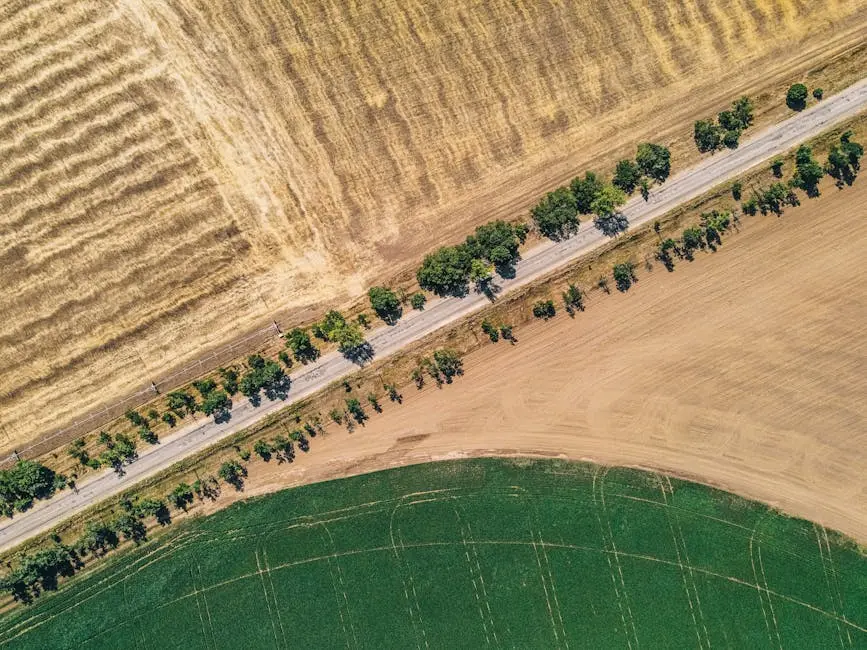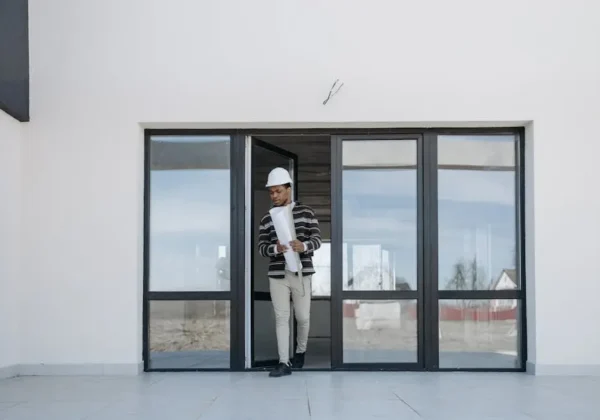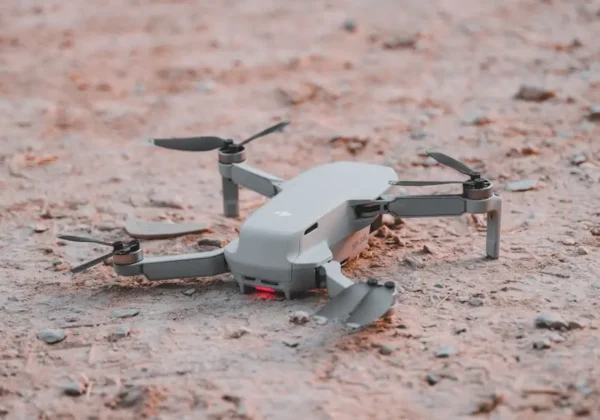Preparing for an ALTA survey in the vast rural landscapes of Utah can seem daunting, especially if you’re new to the process. With careful planning and the right steps, you can navigate this complex terrain with confidence. Let’s explore how to prepare efficiently and effectively for an ALTA survey in rural Utah.
1. Understand the Purpose of ALTA Surveys
Grasping why ALTA surveys are conducted and how they benefit real estate and land transactions is fundamental. From uncovering land boundaries to identifying easements, knowing the primary objectives is your first step.
The essence of an ALTA survey lies in its detailed and extensive nature. ALTA surveys are mandated to uncover elements beyond just boundary demarcation. They provide a holistic view of the property which includes encroachments, easements, and possible zoning issues. Having such critical information not only facilitates property transactions but also ensures alignment with legal and development prerequisites. For comprehensive insights, explore the ultimate guide to ALTA surveys.
Given the rural landscape of Utah, one might encounter unique geographical challenges like rugged terrains or unmarked border areas. A fundamental understanding of why ALTA surveys are essential helps in strategizing an effective approach, thereby averting possible land disputes and optimizing land use. To learn about the extensive applications in the Utah terrain, consider the advantages of ALTA surveys in Utah.
2. Select a Qualified Surveyor
Partnering with a licensed and experienced surveyor familiar with Utah’s specific landscape nuances ensures the accuracy and thoroughness of your survey.
Choosing the right surveyor is pivotal. It’s not just about credentials; their familiarity with the regional landscape boosts the survey’s effectiveness. A surveyor well-versed in Utah’s unique geography will adeptly navigate various elements like water rights or public land access. If you’re seeking to understand the full scope of qualifications necessary for such a task, this resource offers detailed insights.
Engaging a professional surveyor who comprehends ALTA standards ensures that they meet and exceed these benchmarks, leading to smoother transactions and fewer legal hiccups. For those based in Utah, partnering with Ludlow Engineering is a prudent choice given their explicit proficiency in ALTA surveys.
3. Compile Necessary Documentation
Gather deeds, title insurance commitments, and any previous surveys. Having these documents prepared streamlines the survey process and provides clarity.
Comprehensive documentation sets the groundwork for an untroubled surveying experience. Previous surveys, land records, and titles serve as a foundation, assisting your surveyor in establishing precedent boundaries and land rights. Moreover, with Utah having specific regulations, these documents support compliance checks and procedural adherence. Diamond Land Surveying outlines the significance of these preparations in detail.
If you lack certain documentation, it is advisable to consult with local property offices or title agencies. They can provide certified copies, ensuring you have all you need for a proficient survey. For further assistance in documentation, contact the ALTA survey specialists at Ludlow Engineering.
4. Communicate with Stakeholders
Engage in clear, open dialogues with all involved parties, including neighbors and local authorities, to ensure everyone is informed and on the same page.
Facilitating effective communication with stakeholders can preemptively resolve potential disputes, especially regarding boundaries or land use. Notifying stakeholders early about the survey timetable and its objectives nurtures transparency and goodwill, thus minimizing future misunderstandings. When these stakeholders are on board, the inspection phase proceeds with fewer hiccups and heightened cooperation.
Consulting neighboring landowners about upcoming surveys fosters immediate knowledge about incongruities and reinforces shared interest resolutions. Strengthening these community ties can be crucial, particularly in close-knit rural Utah areas.
5. Assess Accessibility and Land Conditions
Evaluate the site’s accessibility and anticipate any geographical challenges like remote locations or difficult terrains to prepare for on-site activities.
Surveying in Utah’s rural expanses demands awareness and anticipation of topographical challenges. Particularly in vast properties or those nestled in isolated areas, logistical considerations like accessibility, transport routes, and seasonal hindrances like snow can affect survey schedules. Proper planning is instrumental in navigating these impediments smoothly.
Whether facing remote cliffs or dense forestry, collaborative evaluations with your survey team identify necessary site modifications or permissions. To garner further insights into preparing for such unique surveying needs, consult experts at ALTA Survey Utah.
Understanding the rugged aspects of Utah’s landscape helps anticipate and mitigate potential obstacles for comprehensive surveying, ensuring a schedule resistant to unexpected delays and added costs.
6. Prepare for Fieldwork
With logistics in mind, ensure the surveyor has safe access to the property and all necessary tools and assistance to conduct the survey efficiently.
Fieldwork requires meticulous preparation, both in equipping the land with accessibility and ensuring that environmental variables won’t impede progress. Coordination with your surveyor about site-specific challenges enables them to provision the apt instrumentation while adhering to safety protocols pertinent to rural environments.
Confirm available access roads or paths to the site are functional. Address any overgrown vegetation or patently unsafe areas to ensure survey proceedings without hitches. Assistance can also be gleaned from local service providers familiar with facilitating smoother survey operations.
Taking proactive steps in fieldwork arrangements accelerates inspection phases, helping your project maintain its timeline seamlessly. Seek the guidance of professional teams like Ludlow Engineering for a streamlined fieldwork phase.
7. Review and Confirm Survey Results
Once the survey is completed, carefully review all results, verify accuracy, and confirm that all property features and concerns have been addressed.
Finally, with all survey data at hand, diligence in reviewing and verifying conformity to task requirements remains critical. Consult the draft outputs thoroughly, checking accuracy to ensure features, encumbrances, and legal rights are properly depicted on plots.
During verification, coordinate with your surveyor for any noticed discordances or overlook, mandating necessary rectifications. It’s better to invest a little extra time ensuring meticulousness upfront to afford smooth transitions during property conveyances or developments.
Endeavor to maintain open channels with stakeholders; sharing results cultivates continued transparency. Certified professionals like Ludlow Engineering are adept at comprehending these survey complexities, emphasizing on delivering unmatched quality and accuracy.




